Today’s world is one in which many of us can have what we want when we want. Producing stuff is arguably faster and cheaper – in terms of materials and labour at least – than it has ever been before.
Most things become gradually cheaper to produce, as manufacturing processes speed up and become mechanised. It goes without saying that consuming things has followed the same line.
This leaves to one side the huge issue of the often ‘hidden’ environmental costs of producing goods in terms of environmental and human impact: from toxic by-products of much of the dying and cotton industries to increasing quantities of plastic waste and growing evidence that plastic particles are impregnating our wildlife, our food and ourselves.
The seamy, dark and dirty side aside however, what cannot be ignored, is the enormous impact the democratisation of access to consumer goods, has had on society.
Our lives are more comfortable, our homes warmer, our fridges more well stocked than ever before. We can access cheap medicine, cheap food, cheap clothing.
Via our transport networks (admittedly increasingly clagged up), smart phones and a whole raft of wired up technologies, we travel both physically and by eye, ear and mouth more rapidly and more easily than would have been though possible even 20 years ago: sharing thoughts, feelings, ideas.
The palpable excitement of the possibilities and opportunities brought by such an explosion of ‘stuff’ – both real and virtual – is countered by the sense in which it is also overwhelming. There are some truly jaw-dropping stats out there.
The average American home contains an estimated 300,000 items; whilst the average British ten-year old owns 238 toys but hardly plays with any of them.
Given the immediacy of consumption, it’s all too easy to forget just how ingenious many of the products, gadgets and home appliances are; how much scientific exploration and technological innovation, trial and error has gone into them; and how they have impacted on our lives.
If you have time over your cup of tea (made courtesy of a mass-produced automatic kettle with safe integral heating element), spend a moment to reflect (reading on your smart phone, tablet or computer screen) on how many of the following inventions you use and how your day-to-day life would be different without them.
The light bulb

You wake up on time – thanks to your battery-powered alarm clock and fumble around for the light switch. Luckily, thanks to the marvellous invention of the lamp bulb in the 1870s you can do this almost instantaneously, rather than having to find a friction match (another amazing invention by chemist John Walker in the early 19th century) and a candle.
The development of a whole raft of technologies – glass blowing, how to create a vacuum in which the bulb filament could burn, how to choose the right material to make the filament burn constantly and brightly – came together in the 19th century: making possible the invention of a practical lamp bulb by both Brit Joseph Swan and American Thomas Edison in the late 1870s.
Although technology has moved on today with long-lasting, low energy LED’s rightly taking over the market, we owe a debt of gratitude to the early adopters of lighting technologies who showed just how much demand there was for safe, efficient lighting around the home.
The bicycle
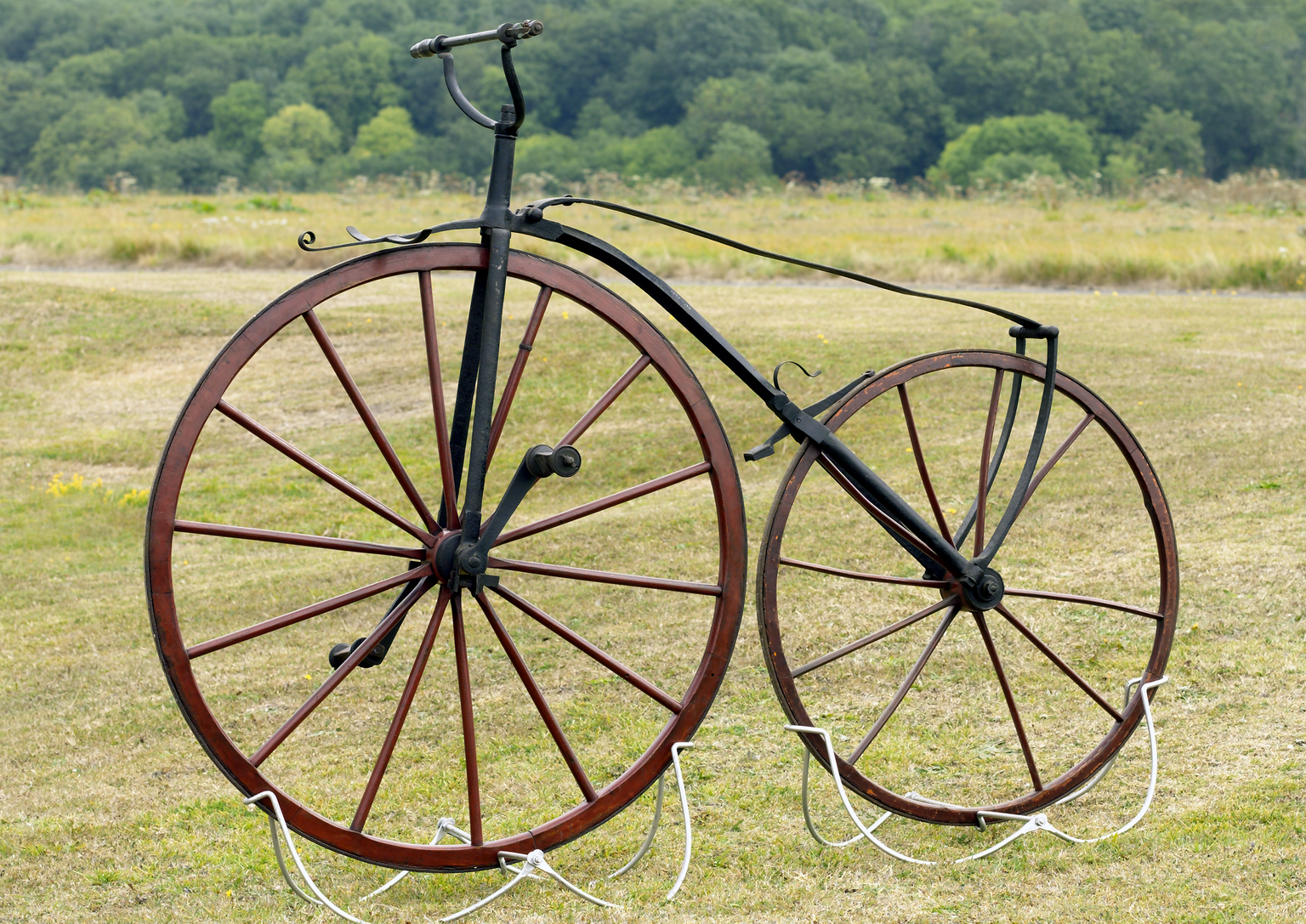
Fumbling around for some change you realise that you need to head to the bank for cash. Luckily you can get there fast on your speedy two-wheeler. Early bicycles such as the ‘velocipede’ or ‘boneshaker’, although admittedly uncomfortable, were ground-breaking: giving new freedom to the average late 19th century person – at least if you happened to live near suitable road.
It was one factor in the contemporary emergent emancipation of women. If you want to revisit some of the enthusiasm surrounding early bicycle riding you could do worse than to read the 1900 classic: J K Jerome’s Three Men on the Bummel (his follow up to the hit Three Men in a Boat). Jerome’s three heroes engage with the new biking craze and cycle eventfully around Germany’s Black Forest.
Today we are taking to our bikes in increasing numbers, viewing it variously as a green mode of transport and an increasingly viable alternative to a fume-clogged car journey.
Bank card
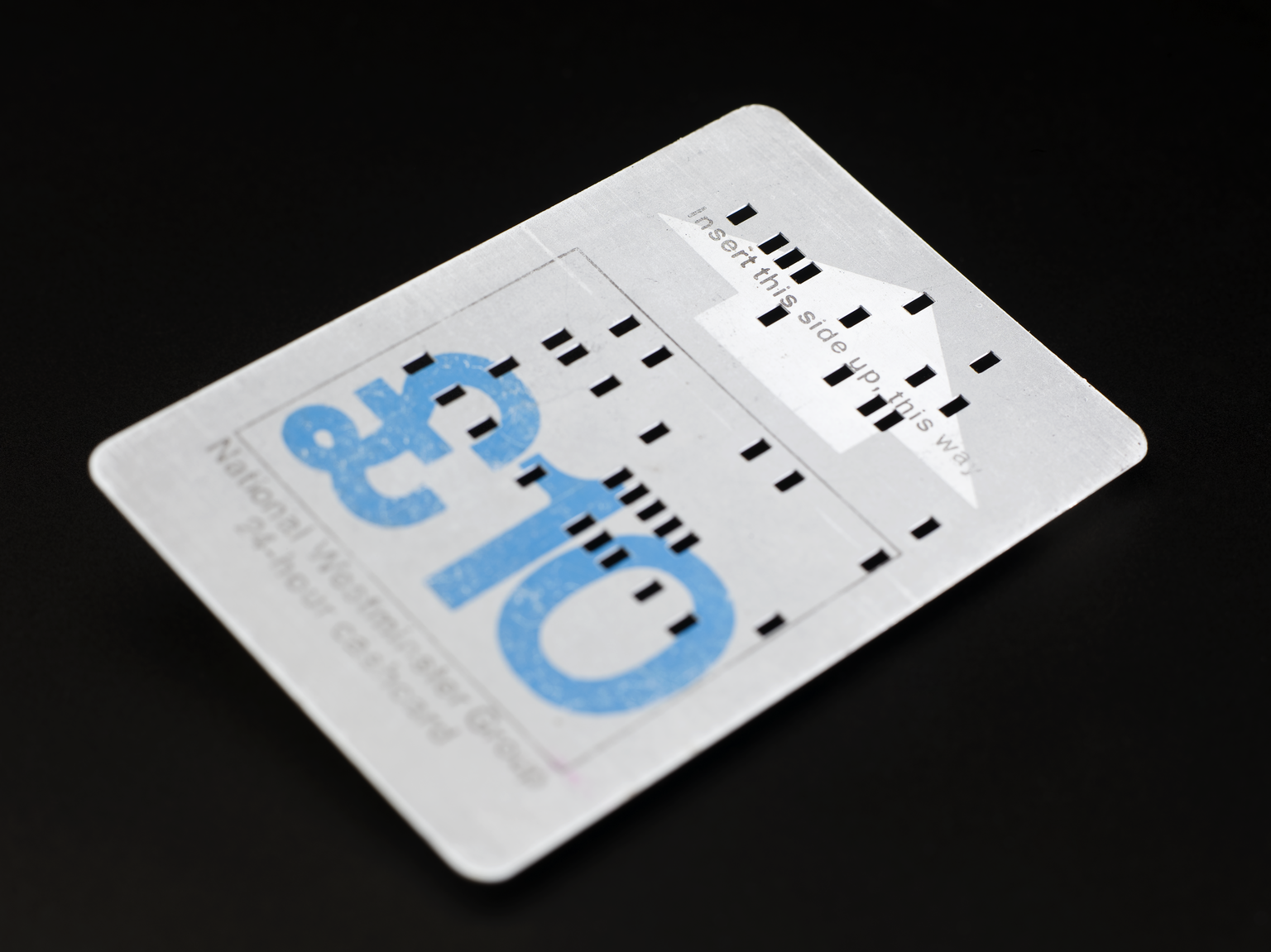
Luckily the ATM cash machine has money so you push in your card and withdrawn a tenner. Since the first ATM (automated teller machine) was opened in Enfield, North London in June 1967 they have become an indispensable part of modern life, freeing us from the inevitable queue at the bank.
Printed newspaper
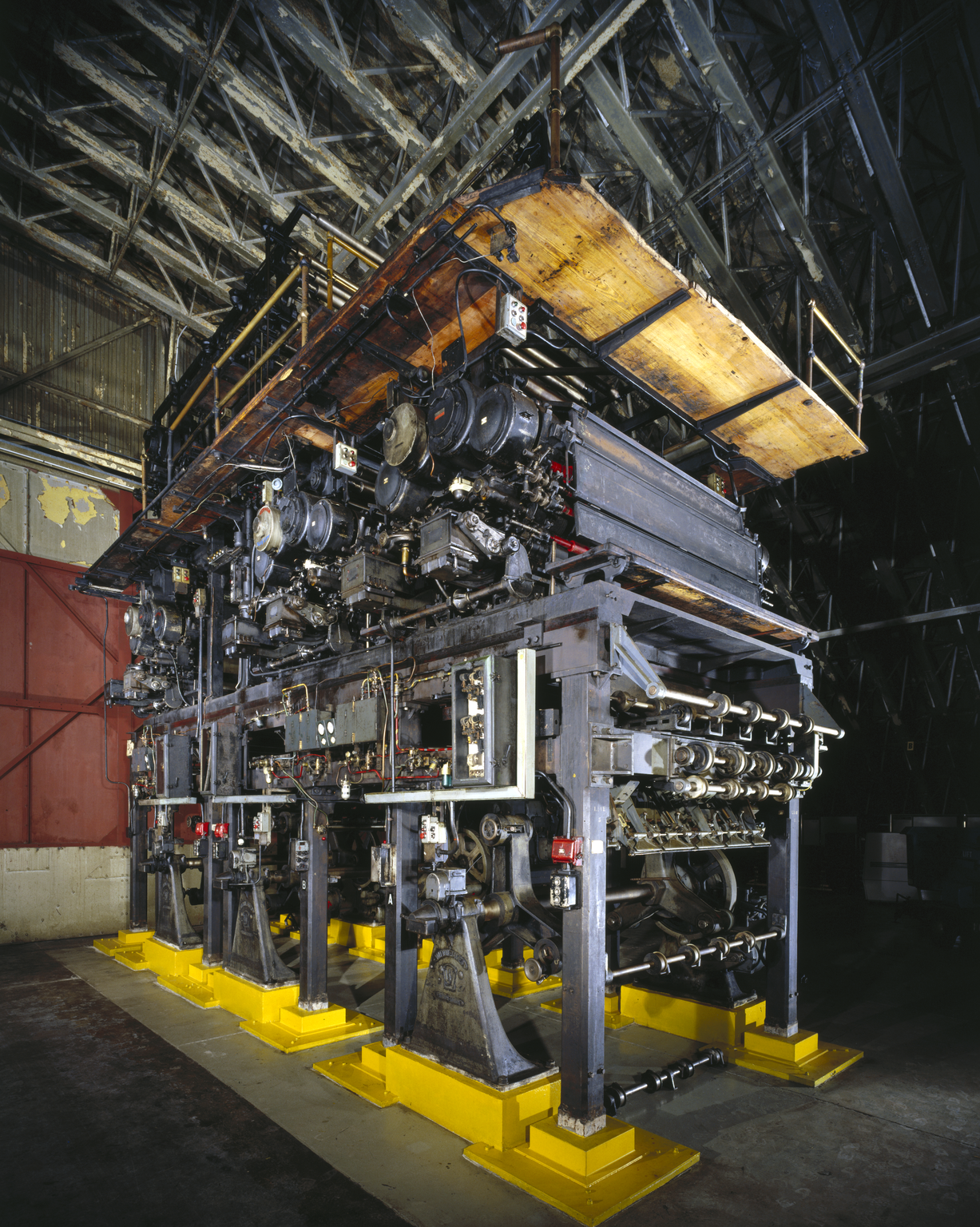
Holding your tenner you head to the shop to purchase a can of soup for lunch and a printed newspaper. Now broadly overtaken by online news sites it is hard to appreciate just how technologically-advanced the printing of a newspaper used to seem. When the first high-speed steam-driven printing press by Koenig and Bauer was secretly tested out in London in 1814 for The Times newspaper everything changed and the printed media never looked back. The new printing press could mass produce newspapers – printing on both sides at speed.
Tin can
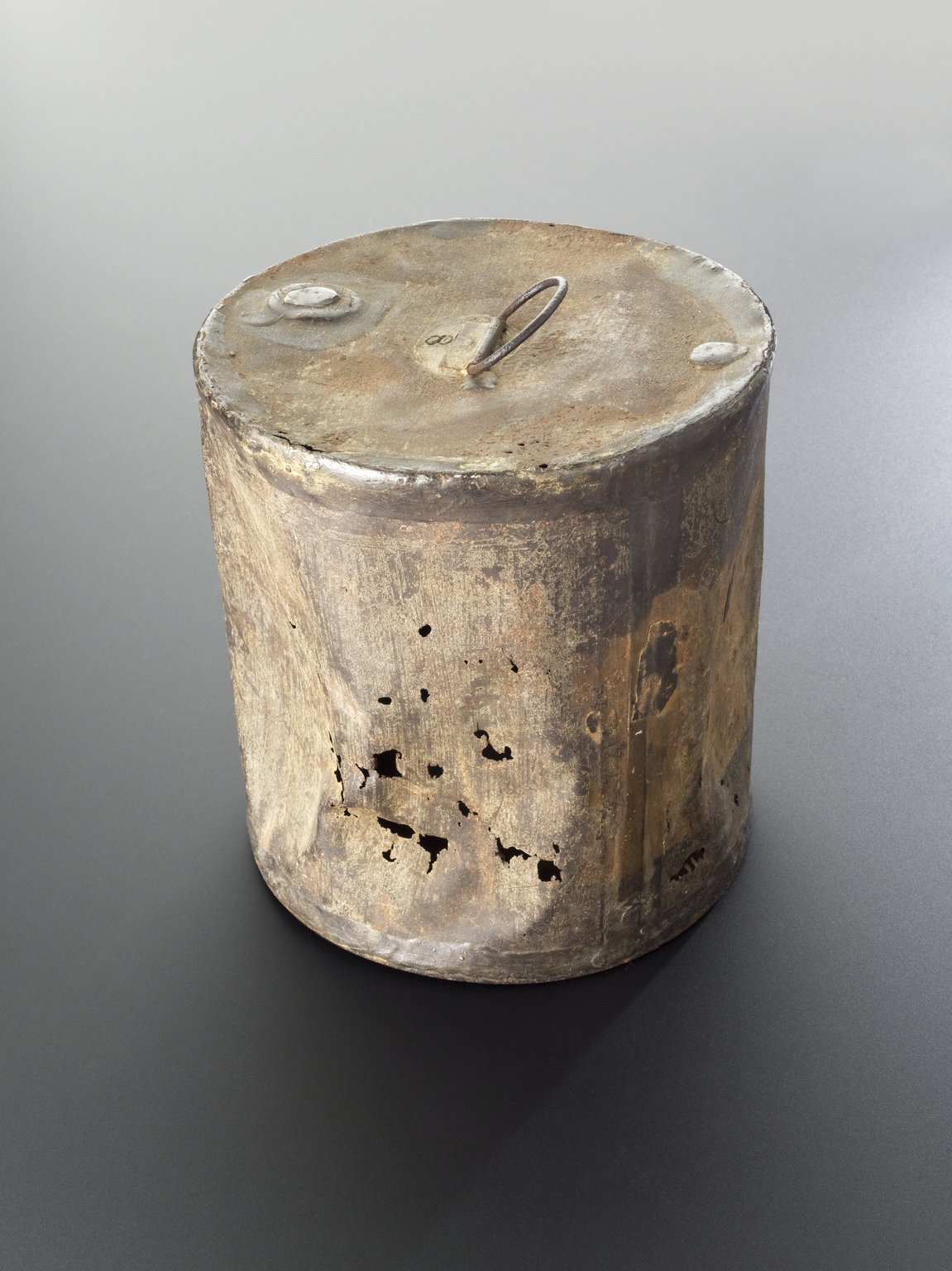
Heading home you heat the soup for lunch. The tin can, first mass-produced by Southwark inventor and manufacturer Bryan Donkin, is one of the unsung heroes of food technology, enabling food to be sterilised and kept safely preserved within the tin-lined can.
Soon after ‘tested’ by the British royal family, it became the store-cupboard stalwart of most householders; whilst enabling armies to march and explorers to venture further than ever before for longer than ever before. Today, billions of cans of produce are sold around the world every year.
Fridge

After lunch you put the rest of the can of soup in the fridge. The refrigerator was voted the most important innovation in the history of food technology by the Royal Society a few years ago. It is easy to see why.
The fridge has changed our diets and the kitchen landscape forever. It provides a nexus in the home for storing food (transported from all over the world, often in refrigerated transport) more safely than ever before and potentially longer than before: democratising access to food more than any other invention.
Painstakingly and expensively manufactured by hand in the early 20th century, once the fridge’s potential was recognised it soon became mass produced. Refrigerator production followed along very similar lines to car production – with the working ‘innards’ inserted into a (usually) steel box, bent into shape from sheet form.
Looking to the future, a present-day production and consumption (r)evolution is already in progress in the form of 3D printing, which looks certain to alter beyond all recognition how things are designed and manufactured and bring individual ‘pimping’ of products to the home.
Wind-up radio
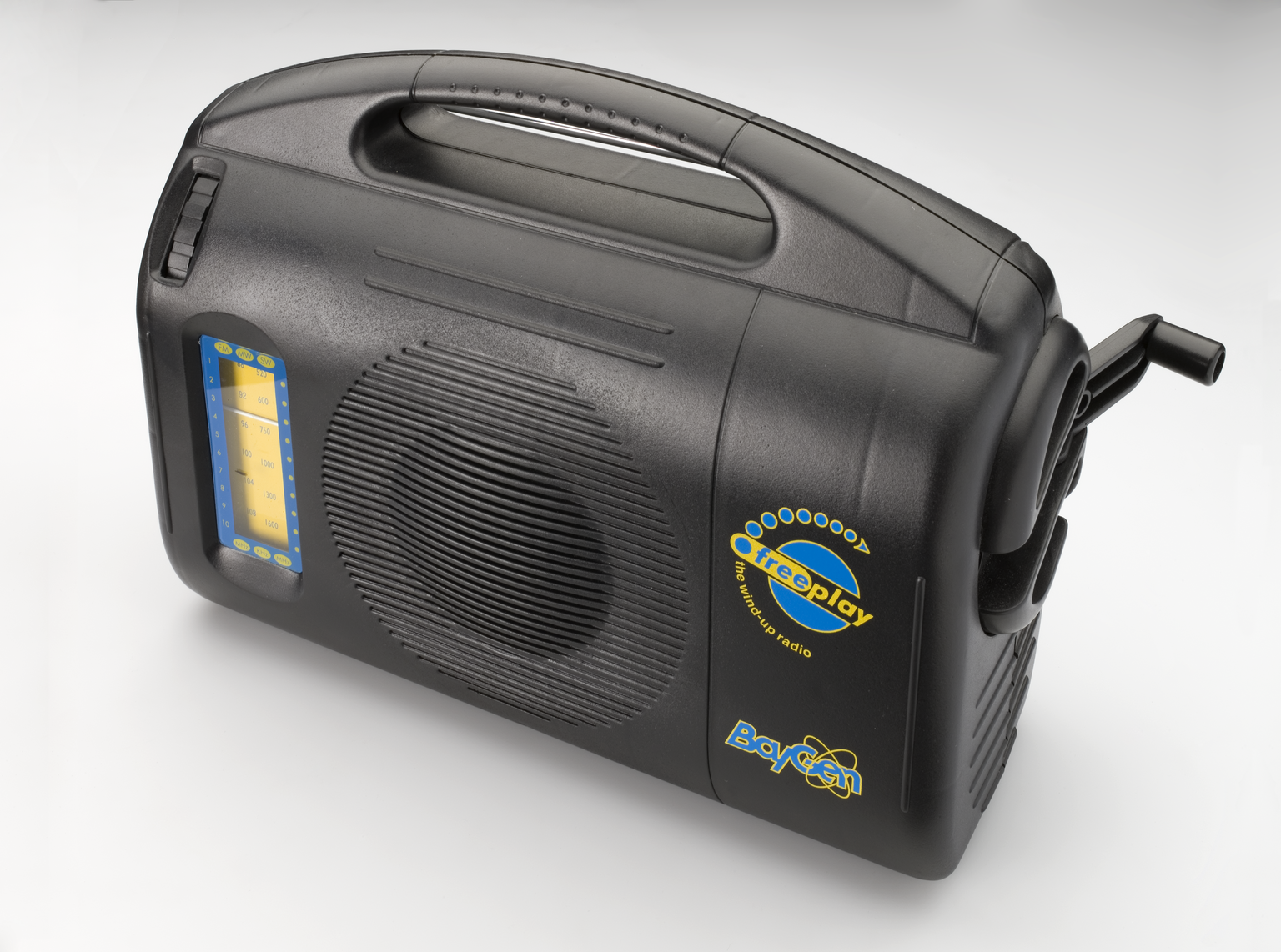
Exhausted, you head for the sofa, but not before grabbing your wind-up radio, this one an early example of a new generation of mass-produced consumer goods developed with sustainability in mind.
Shunning the disposability of many mass-produced goods, they utilise recycled materials and rely on other methods of powering such as solar, clockwork or rechargeable battery.
Or maybe I’ll just use the battery-powered remote and WiFi to watch to Netflix…